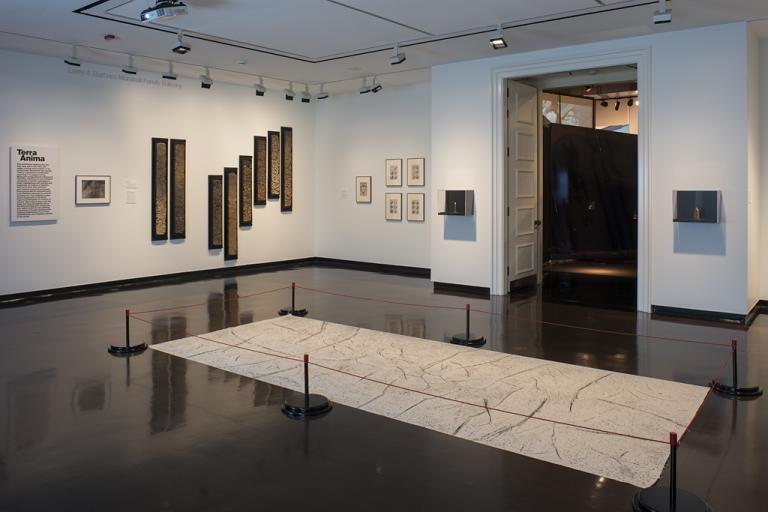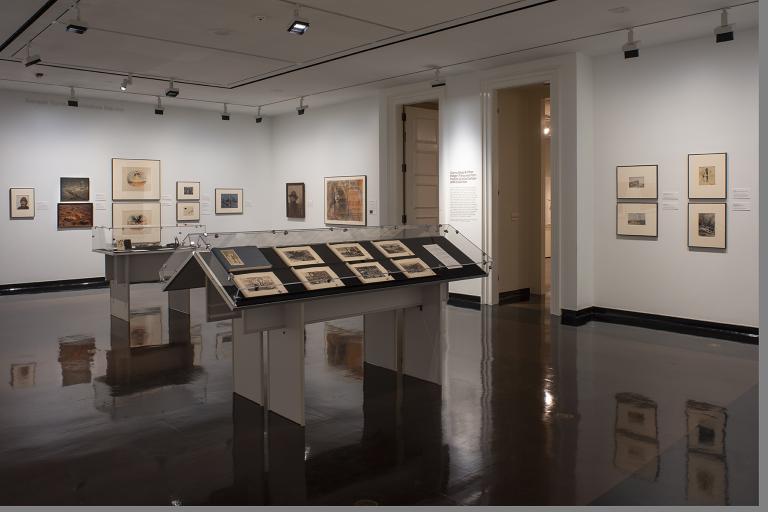La Borne de Terre Sacrée (Landmark of Sacred Earth), Gaston Deblaize
Artwork Overview
Gaston Deblaize, designer
1895–1935
La Borne de Terre Sacrée (Landmark of Sacred Earth),
1927
Where object was made: France
Material/technique: terracotta; soil from Verdun; France
Dimensions:
Object Height/Width/Depth (Height x Width x Depth): 13 x 5.5 x 3.3 cm
Object Height/Width/Depth (Height x Width x Depth): 5 1/8 x 2 3/16 x 1 5/16 in
Object Height/Width/Depth (Height x Width x Depth): 13 x 5.5 x 3.3 cm
Object Height/Width/Depth (Height x Width x Depth): 5 1/8 x 2 3/16 x 1 5/16 in
Credit line: Gift of Professor Eric Gustav Carlson
Accession number: 2014.3007
Not on display
If you wish to reproduce this image, please submit an image request







